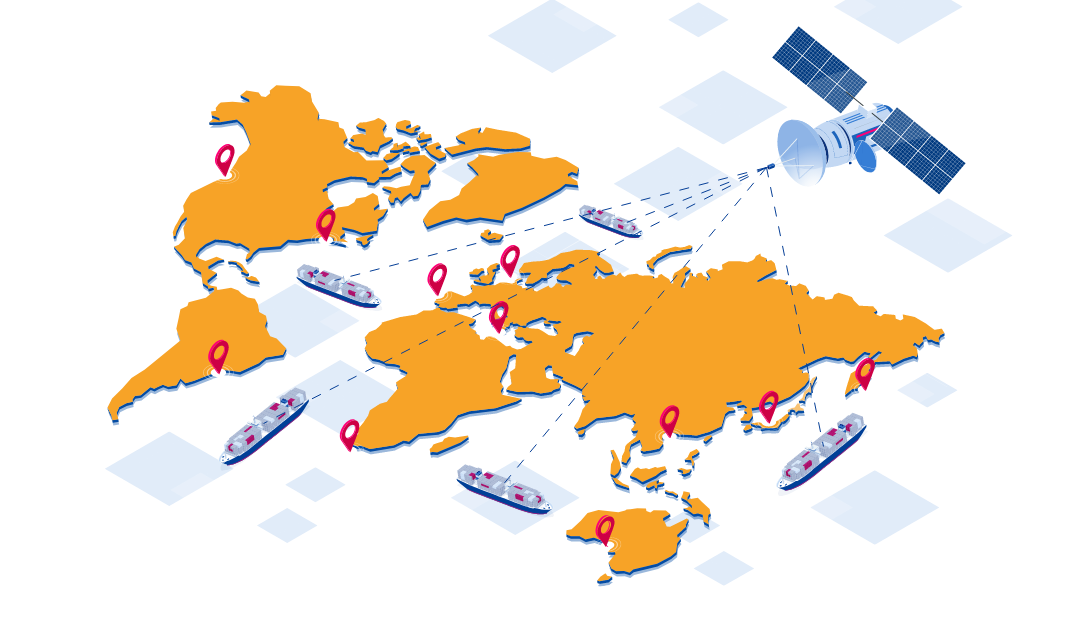Ship Detection

Introduction
Satellite imagery as deep learning research regarding vision is experiencing a huge rate of improvement starts gaining attraction meaning that a variety of satellite imaging based applications that were impossible to realize a few years ago are now feasible. Machine learning algorithms are more reliable and capable of completing a variety of tasks ,given satellite data, such as area segmentation , construction monitoring , vessel detection etc..
The Problem
The problem of interest that is going to be solved regards the vessel detection in sea areas of China which means given satellite images a deep learning model will be responsible for locating vessels that reside inside the scene.
Solution
The proposed system is based on a YOLO like architecture that is heavily modified and influenced from other state of the art methods. The system can be divided into two stages.Due to the vast resolution that characterizes the input images, a split operation needs to take place and that is the first stage. The detection procedure follows by returning the coordinates of the detected ships to the original image.
Process Followed
Data collection and annotation creation
Data organization.
Data preprocessing and augmentation application.
Model training and selection of the best.
Detections are saved and corrected for further improvement.
Technologies
-
Programming languages:
- Python
-
Packages:
- Pytorch
- OpenCv
- Numpy
- Scikit-Image
- Pandas
Benefits
-
High accuracy.
- more than 95%.
-
Real time ship detection from satellite image frames.
- on any weather and light condition.
-
It can be used as a last resort solution when no other mean is available.
- Radio or radar.